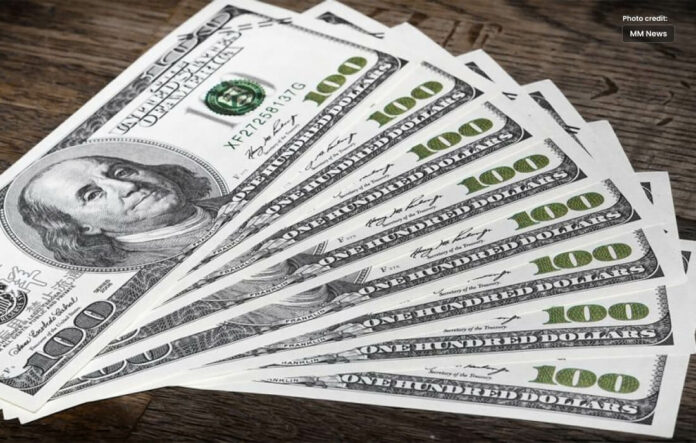Forex crackdown yields significant results in grey and black markets.
The impact of this crackdown has been felt directly, as the value of the Pakistani rupee has increased dramatically by more than 6.1 percent vs the US dollar in September alone. The currency experienced a significant increase that nearly offset its August losses, positioning it as the best-performing currency globally for the month.
Details indicate that currency traders have stated that this surplus has been placed in banks, indicating a significant change in the currency dynamics of the nation.
Exchange businesses Association of Pakistan (ECAP) General Secretary Zafar Paracha noted that the crackdown directly led to a huge increase in the average daily trading volume of exchange businesses, which went from $5–$7 million to $50 million. Remittances processed via exchange companies have also increased by 10 to 15 percent, and it is anticipated that these figures will continue to rise through official banking channels.
Pakistan’s economic stability is especially important in light of this event, since the nation has been dealing with issues pertaining to its foreign exchange reserves. The International Monetary Fund (IMF) has stipulated that a market-determined currency rate is a necessary precondition for Pakistan to obtain the $3 billion bailout loan that was agreed upon in July in order to prevent a sovereign default. Pakistan’s economic prospects and stability may benefit from the notable improvement in currency dynamics.




